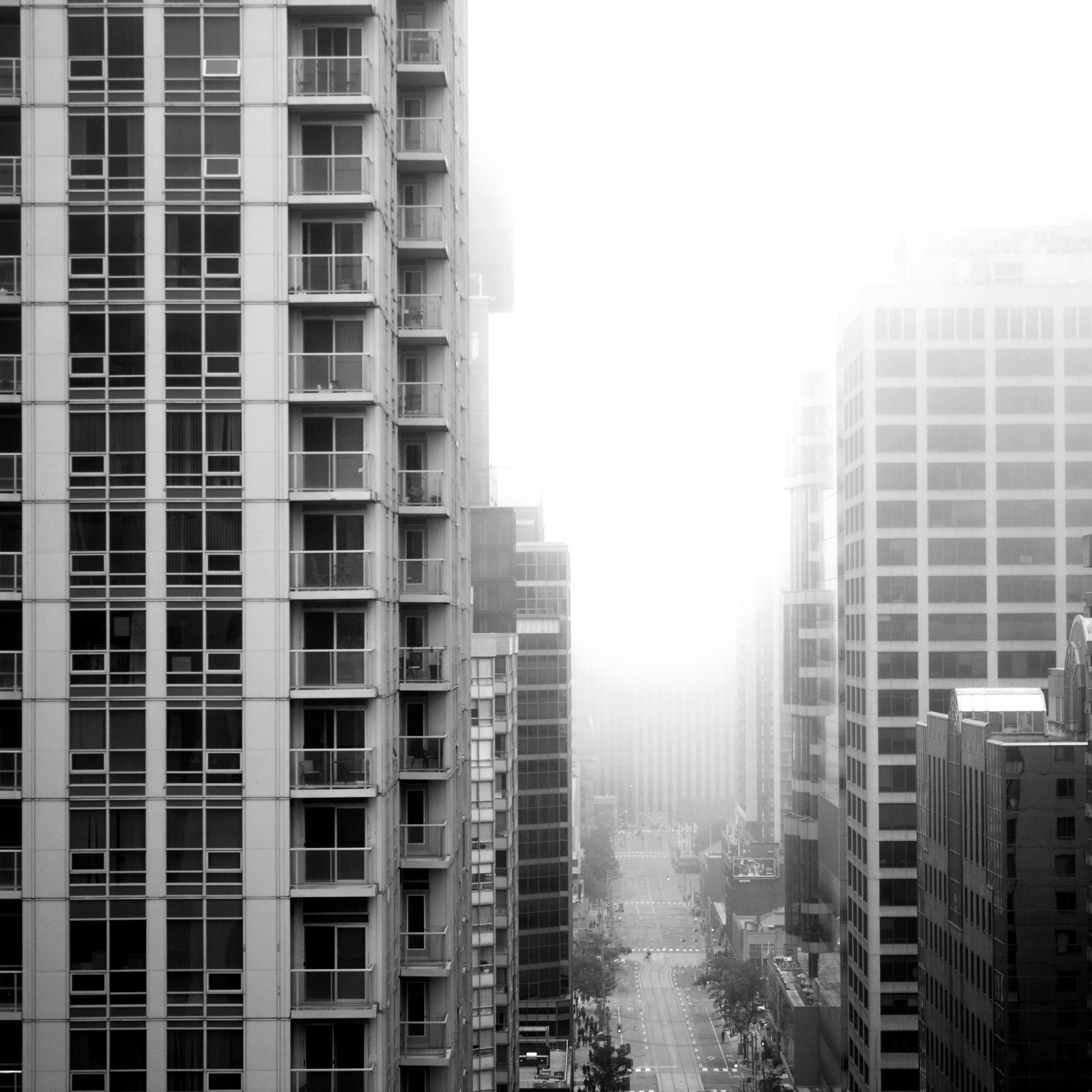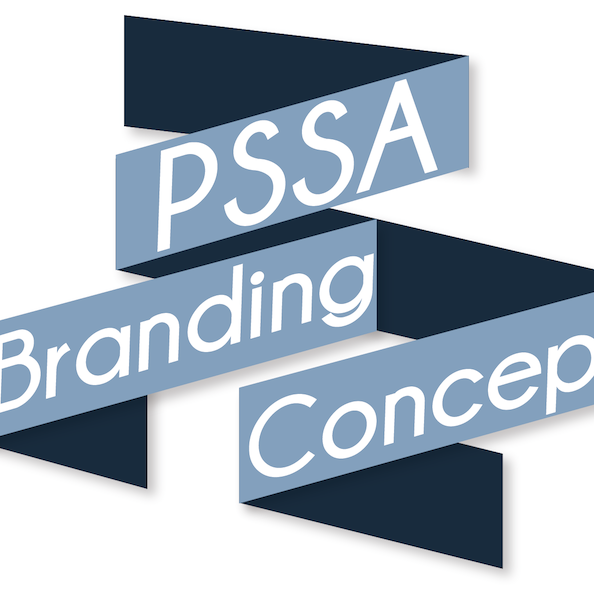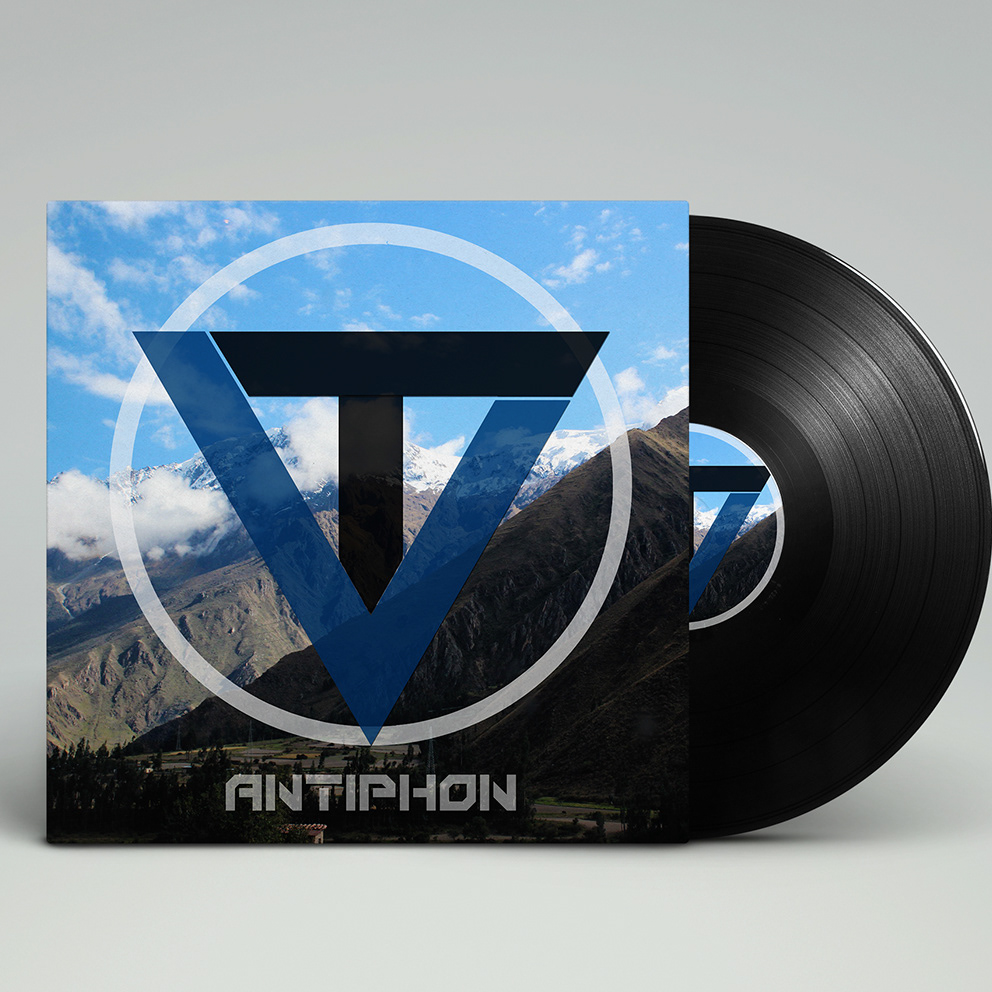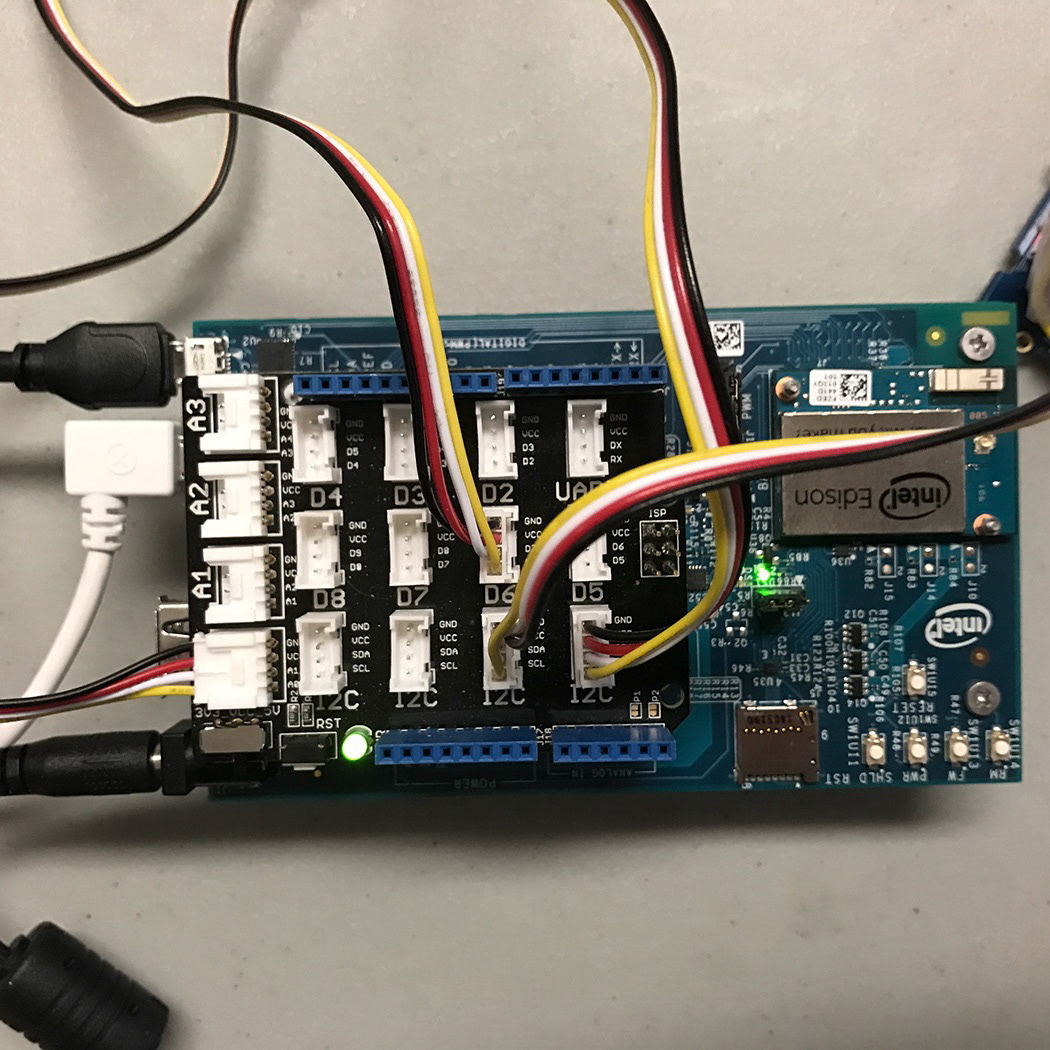Stratford Ontario Digital Art Installation
This is a project I worked on in collaboration with Li Huan Mai, Mariel Tanedo Austin Fisher and Xiaolin (Celine) Qiu for GBDA 202.
The Challenge
GBDA 202 is a course built around technical execution in the video and design space and the telling of dynamic stories through a digital medium. To build these skills, we were tasked with the challenge of creating a unique digital art installation in the city of Stratford, Ontario.
The Process
We were each given a formalized role for the project in a discipline we felt we would excel in. For this project, I occupied the role of Project Manager and was primarily in charge of tracking tasks, setting schedules and keeping the project progressing.
The guidelines of the project dictated that we use the productivity tool Trello to organize our group. As soon as our roles were assigned, I set out to create a full breakdown of tasks on Trello so every member of the group would be aware of the project status at all times. This is a picture of our board at the end of the process.
The Premise
After a great deal of ideation, our group decided to pursue a concept I originally proposed as a historical murder mystery that could be viewed through the window of technology. We built upon this concept to create a choose-your-own-adventure murder mystery. Our aim was to create an experience unique to each user, and one that could be experienced a number of times in a variety of different ways.
This is a map that was created to give users an overview of the different paths the experience would take them on.
The Execution
Perhaps one of our largest project milestones was the beta testing. In this project phase, we showed our project to a number of our classmates and collected feedback to try and enhance the experience even further. The presentation of our installation involved the use of iPads linked to a series of mobile hotspots that enabled them to access online videos placed onto real-world objects using augmented reality. While this delivery method presented a number of challenges, we felt using augmented reality best conveyed the concept of a “window into the past” that we tried to create.
This beta testing resulted in a number of enhancements to our final project including a more detailed walkthrough on our website, more accessible links for the times the augmented reality software failed and a more detailed map.
Reflection
Our final project milestone was the self-critique reflection. In this phase, we challenged ourselves as a group to think critically about the product we had produced and the success of the execution. In the end, we agreed there were flaws in our final product, but the exercise proved to be an incredible learning experience for us all.









